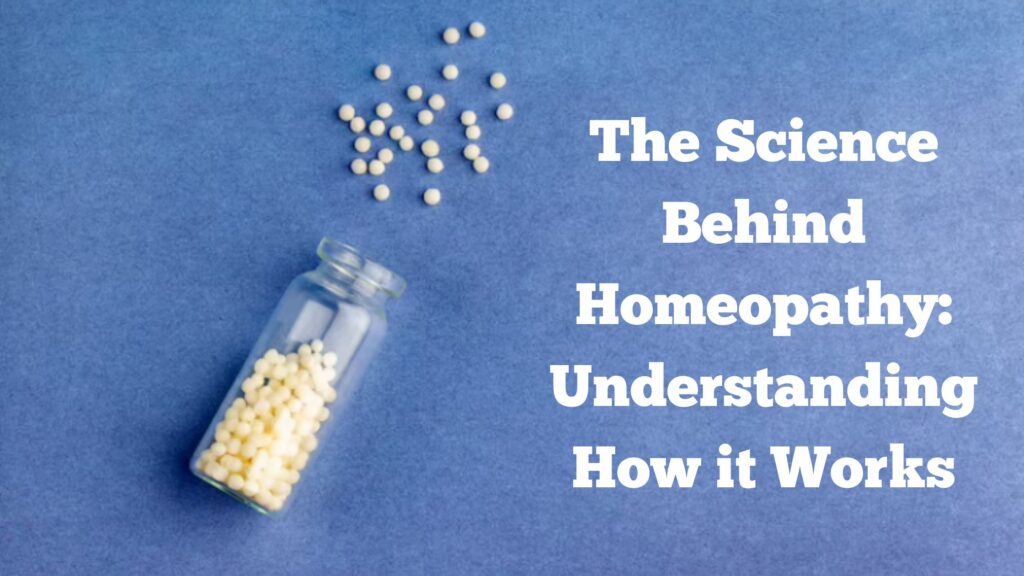Homeopathy is a controversial form of alternative medicine that has been around for over 200 years. It is based on the principle of treating “like with like,” which means that a substance that causes symptoms in a healthy person can be used to treat those same symptoms in a sick person. However, the science behind homeopathy is still a topic of debate among experts in the field.
In this blog, we will explore the history of homeopathy, how it works, and the current scientific evidence for its effectiveness.
History of Homeopathy
Homeopathy was founded in the late 18th century by German physician Samuel Hahnemann. He was disillusioned with the medical practices of his time, which often involved using harsh treatments like bloodletting and purging. Hahnemann began experimenting with small doses of various substances to see how they affected the body.
Hahnemann observed that when he took large doses of substances that caused symptoms, he would experience those same symptoms. This led him to the idea that “like cures like,” or that a substance that causes symptoms in a healthy person can be used to treat those same symptoms in a sick person.
Hahnemann also believed that diluting the substance would make it more effective, a process he called “potentization.” This involves repeatedly diluting the substance with water or alcohol and vigorously shaking it between each dilution. The more dilute the substance, the more potent it is believed to be.
Homeopathy became popular in Europe and the United States in the 19th century and has remained a popular alternative medicine practice ever since.
How Homeopathy Works
Homeopathy is based on the principle of treating the whole person, not just their symptoms. Practitioners of homeopathy believe that a person’s physical, emotional, and mental states are all interconnected and that treating one aspect can have a positive effect on the others.
Homeopathic remedies are made from natural substances, such as plants, minerals, and animal products. The substances are diluted and potentized, and then given in small doses to the patient. The goal is to stimulate the body’s natural healing processes and restore balance.
Homeopathy also takes into account the individual’s unique symptoms and personality traits when choosing a remedy. For example, two people with the same physical symptoms may receive different remedies if their emotional states and personalities are different.
Homeopathic remedies can be taken orally, topically, or through injection. They are generally safe and have few side effects, but they can interact with other medications, so it is important to consult with a healthcare professional before using them.
Scientific Evidence for Homeopathy
The scientific evidence for homeopathy is controversial and mixed. While some studies have shown that homeopathy can be effective for certain conditions, others have found no evidence that it works.
One of the main criticisms of homeopathy is that the remedies are highly diluted and therefore unlikely to contain any active ingredients. Proponents of homeopathy argue that the potentization process creates a “memory” of the original substance that triggers the body’s natural healing response.
A 2015 review of 189 studies on homeopathy found that there was “weak evidence” for its effectiveness in treating certain conditions, such as upper respiratory tract infections, allergies, and rheumatoid arthritis. However, the review also noted that many of the studies were of poor quality and that more research is needed.
Another challenge in studying homeopathy is the individualized nature of the treatment. It can be difficult to design studies that control for all the variables that may affect a person’s response to a homeopathic remedy.
Conclusion
Homeopathy is a controversial form of alternative medicine that has been around for over 200 years. While some studies have shown that it can be effective for certain conditions, others have found no evidence that it works.

